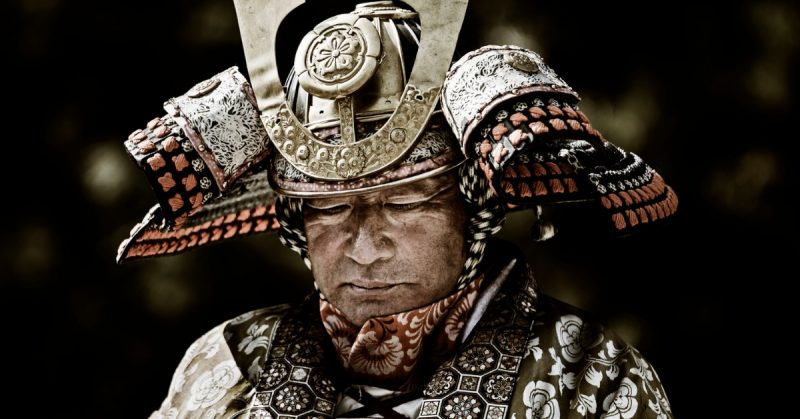It should be noted that the author had never seen anyone of European descent and so made assumptions regarding the characters’ appearances.
Many Japanese were fascinated with the Americans and American culture after Commodore Perry’s fleet opened trade with Japan in the 1850s.
However, Japanese scholars knew very little about America since Japan had been in self-imposed isolation from the world for 200 years, with the only major exception being limited trade with the Dutch.
Therefore, a ripe opportunity emerged for Japanese authors to invent exciting, and at times absurd, portrayals of the newcomers based on this limited knowledge.
Take Osanaetoki Bankokubanashi (童絵解万国噺), published in 1861, as an example. It features perhaps the most badass portrayal of the Founding Fathers in print.
It wastes no time getting into the action, as the very first page features a gigantic American eagle fighting a massive serpent. Although it is not entirely clear, it is possible that the serpent is meant to represent the British.

On the next page, despite the eagle’s best efforts, the serpent is still causing problems for the Americans and George Washington’s “second-in-command,” John Adams, engages it with his sword.
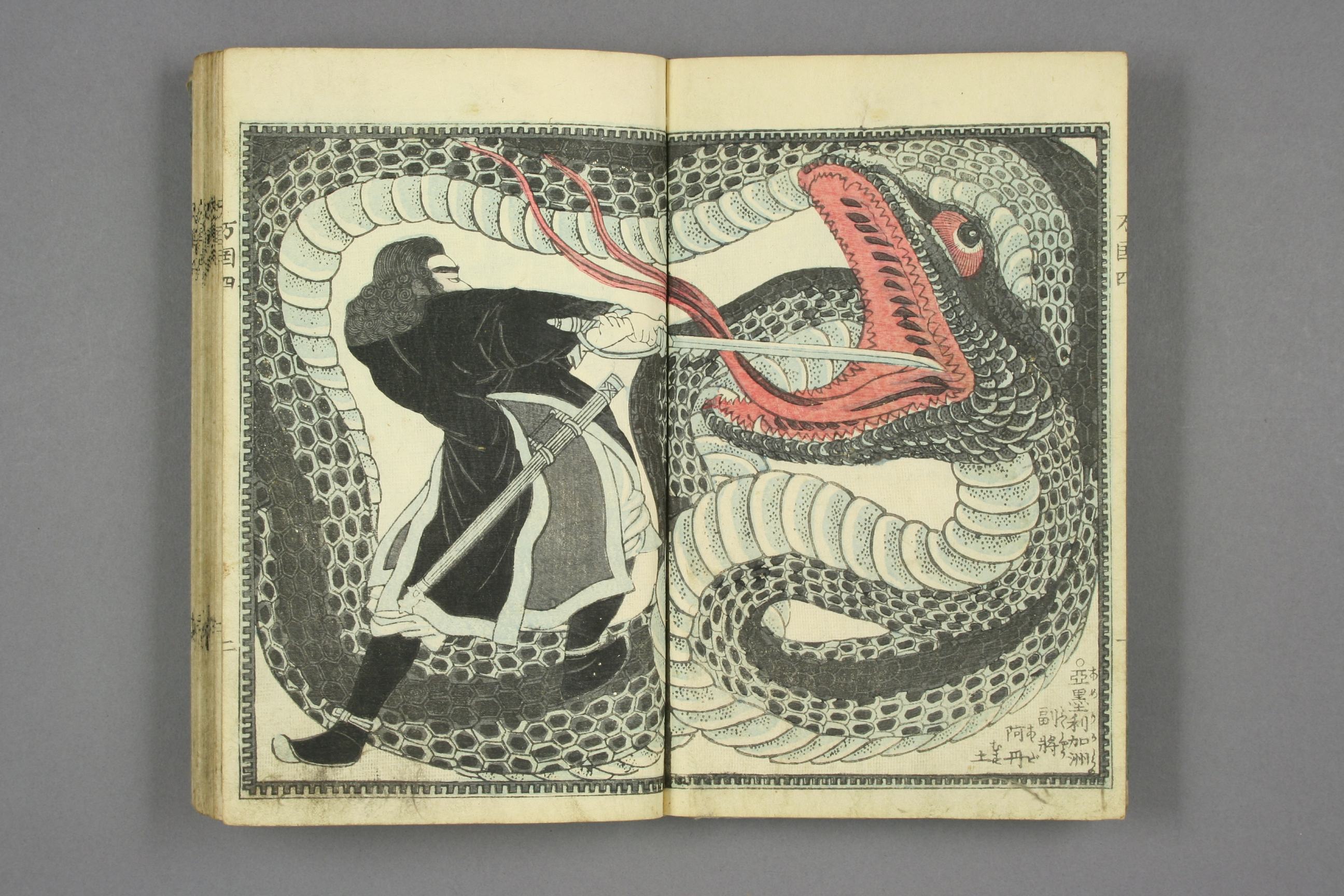
The next page starts innocuously enough with George Washington preparing to fight the Revolutionary War alongside Columbia with his bow and arrow. This is as grounded in reality as the book gets, as Washington had been known to use a bow in his youth.
It should be noted that the author had never seen anyone of European descent and so made assumptions regarding the characters’ appearances.
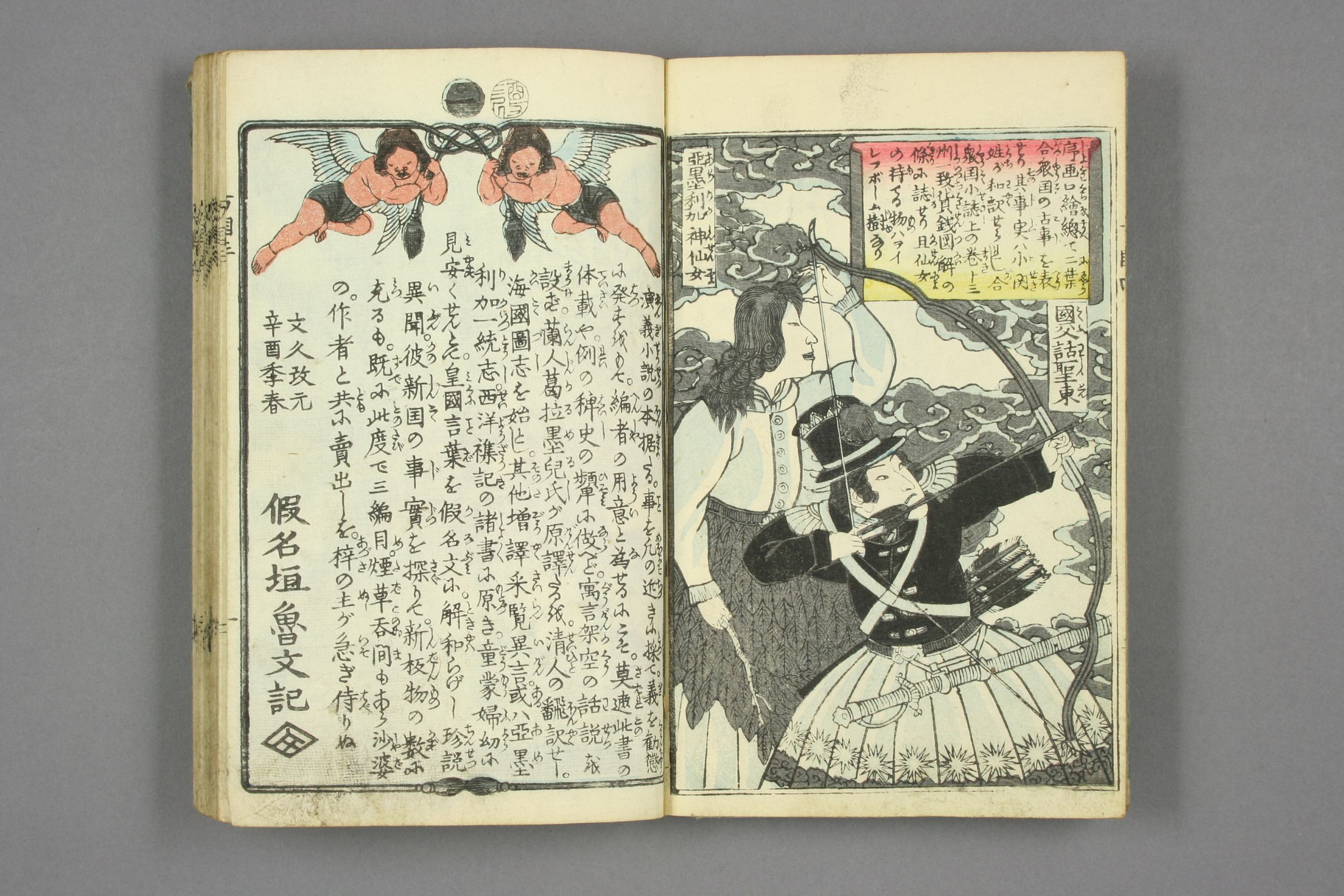
Unfortunately for George and his wife “Carol,” a British officer and his men soon attempt to take him into custody. Interestingly, the official is named Asura, seemingly after the Buddhist deity.
However, George is fortunately incredibly skilled in hand-to-hand combat and blocks multiple attacks at once with his musket while crushing another enemy under his leg. Why nobody is actually firing their guns is unclear.
Some of the soldiers appear to be black, which may have been inspired by Commodore Perry bringing several black sailors with him to Japan, as well as by the fact that some enslaved African-Americans fought alongside the British after being promised their freedom in return.

In case the reader is confused, the author decides to provide a little backstory for the main characters.
Washington first met Carol when she was almost murdered by bandits. While fighting off the bandits to save her, her surprisingly young-looking brother, Ben Franklin, showed up. Luckily for Washington and Carol, Franklin was able to fight off the bandits with a cannon, which he lifted above his head with his bare hands before he fired it.
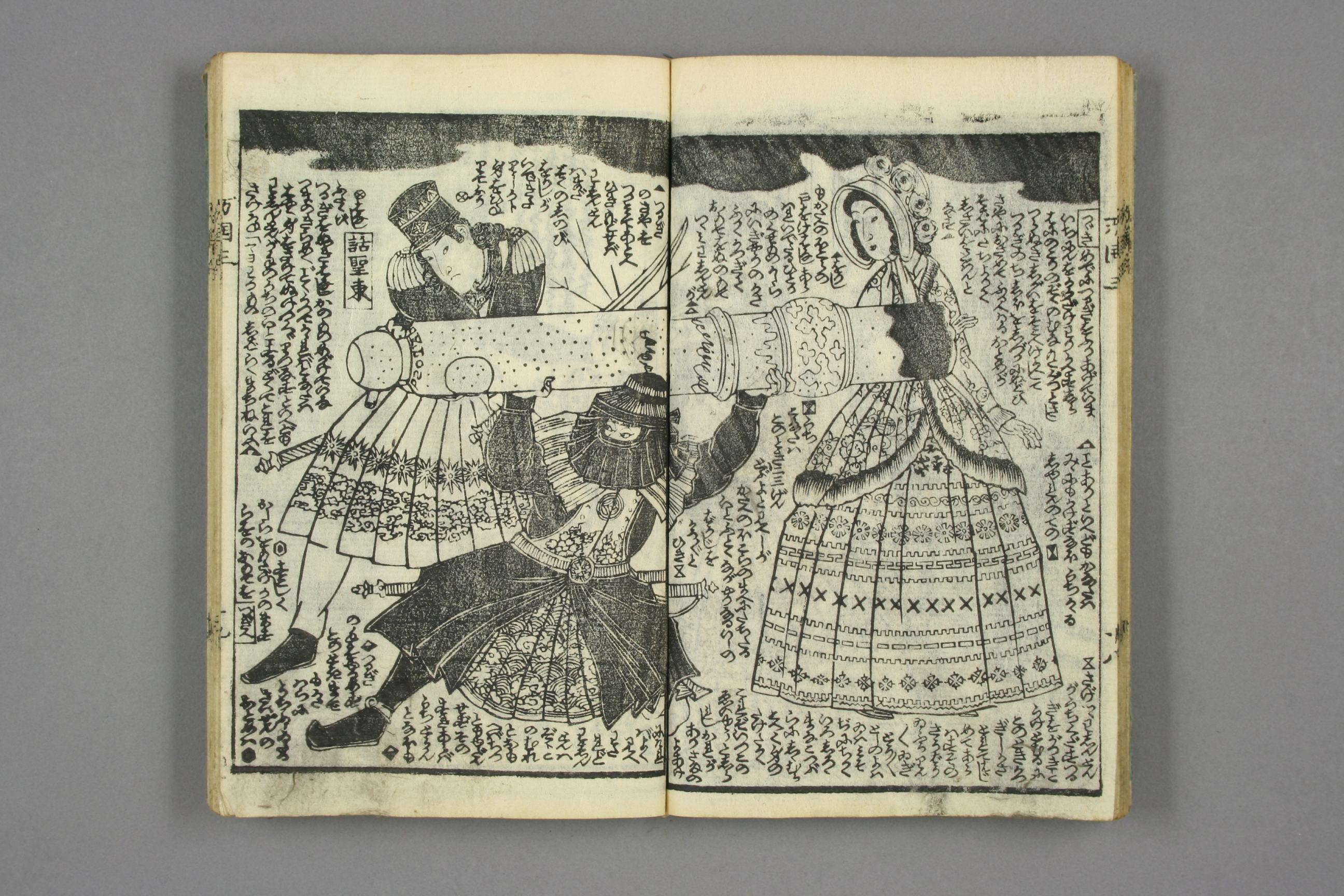
Bandits defeated, Washington is now off to lead his army under a red and white striped banner. He does this from the comfort of his carriage at the rear of the army. The author seems to be impressed that his carriage has two horses instead of just one.
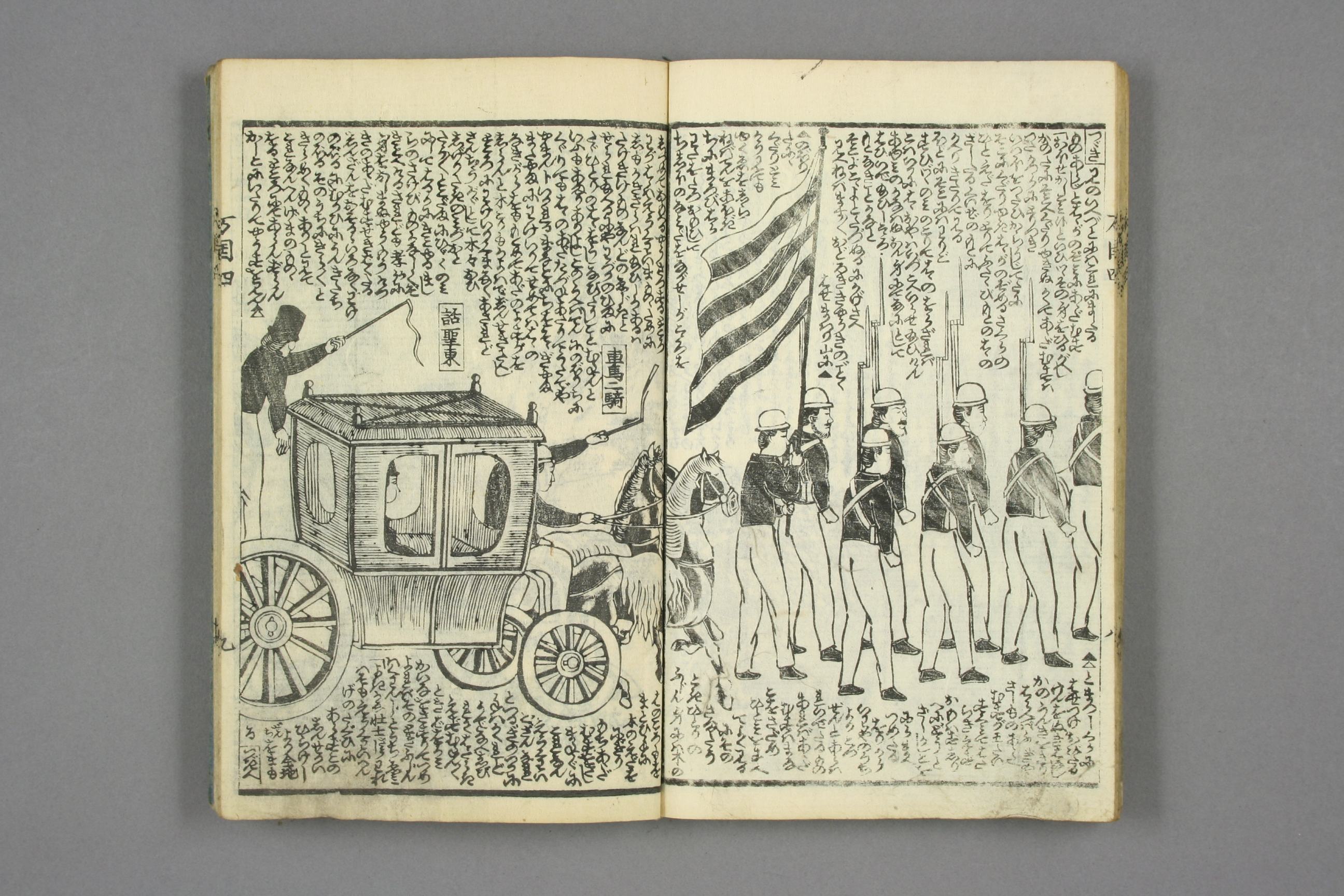
Unfortunately, things have begun to fall apart for second-in-command John Adams, as his elderly mother is eaten by a giant serpent (perhaps the same one from earlier?) while they are trying to have a serene picnic.

All seems to be lost for Adams — that is until the American eagle arrives to save the day. The united powers of John Adams and the eagle are enough to overpower the serpent, as Adams buries half of his sword into it and the eagle bites into its body.
It is a bloody affair, but America comes out on top.

Adams joins forces with Ben Franklin as the war rages on. Franklin is soon forced to use his most well-known talent as a Founding Father – firing a cannon while lifting it with his bare hands. He does this despite the fact that there is a perfectly good mount for the cannon next to his feet.
However, this time he does not wish to show off and only holds the cannon by his side rather than over his head. Adams directs his fire, resulting in a huge explosion and, undoubtedly, a great victory.
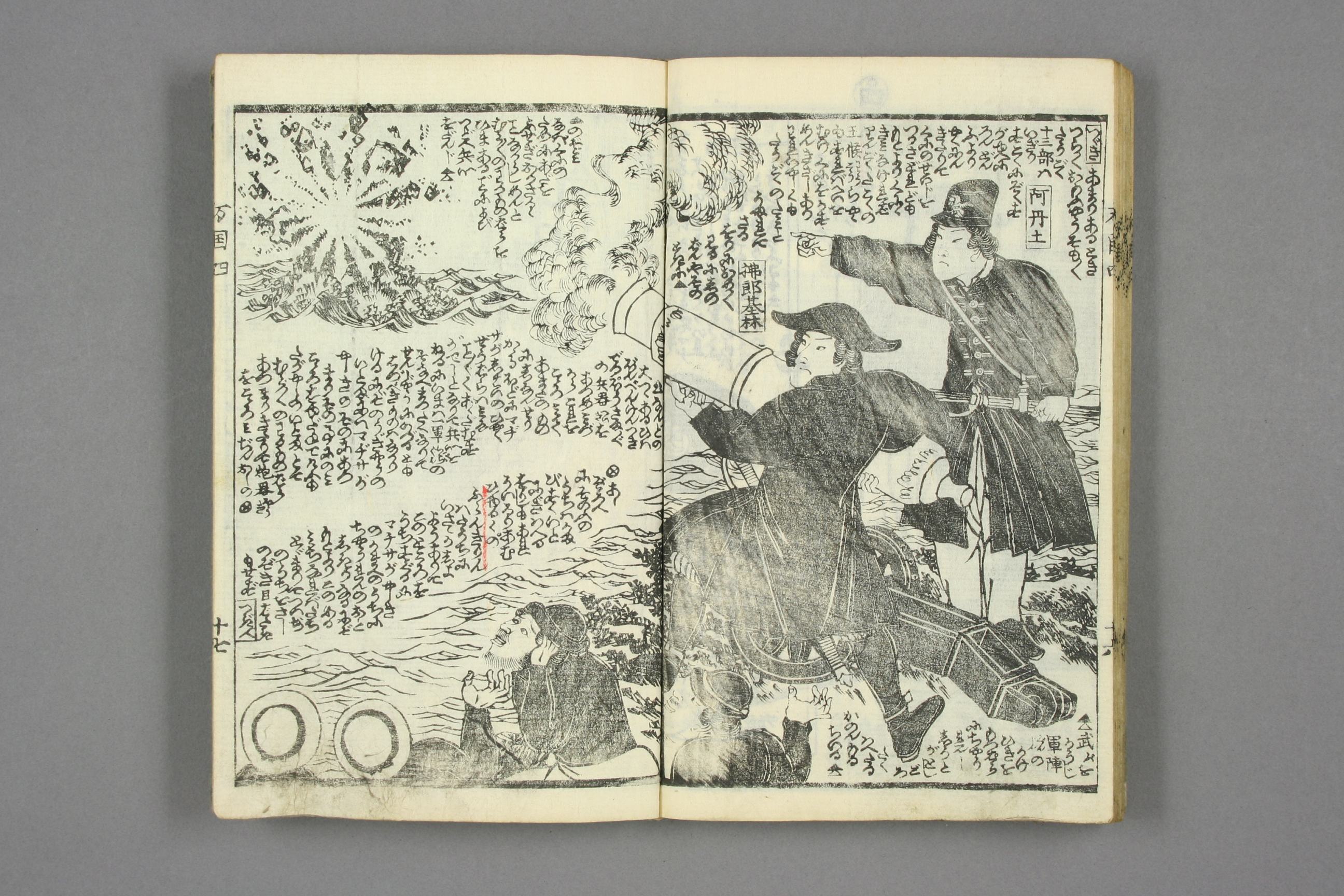
At this rate, the war is clearly almost won. However, George Washington will have to win the final battle by himself. A (British?) tiger leaps out at Washington, and the epic final struggle ensues.
Washington gains the upper hand as he steps on the tiger’s neck. Despite having a perfectly good sword on his belt, Washington instead elects to beat the tiger to death with his bare hands, perhaps inspired by Franklin.
America emerges victorious.
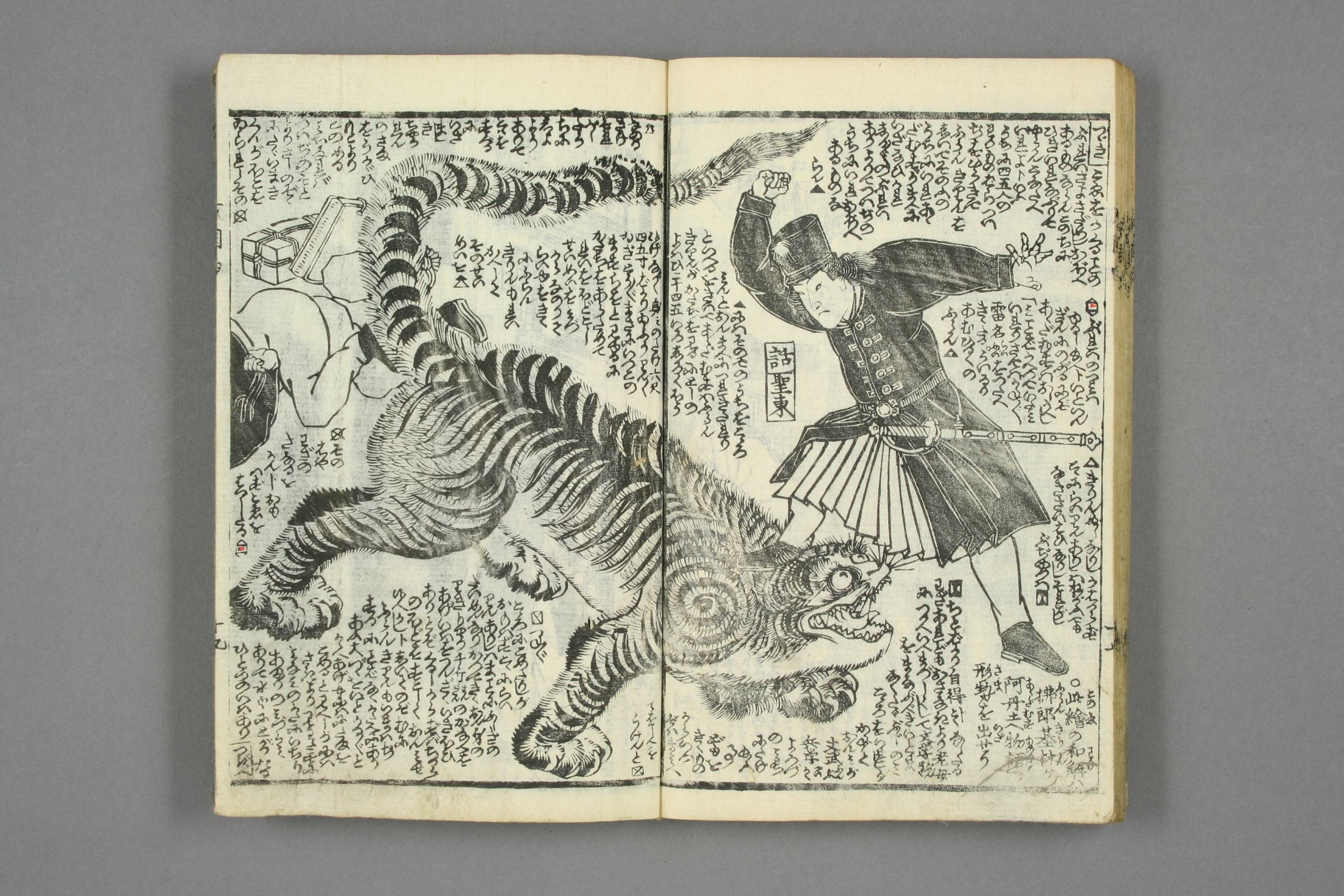
This is truly an epic tale. Although many of the obvious inaccuracies might be due to a lack of knowledge or misunderstandings of American culture, it should be noted that the author of the original book did not intend for it to be taken too seriously.
Nozaki Bunzō, also known by his pen name of Kanagaki Robun, was known for amusing historical fiction. His pen name roughly translates as “Scribbler of Foolish Words.” He would later go on to be involved in the creation of what was effectively an early Manga magazine.
Although the text was supposed to give the reader a general idea of American history and significant figures, much of it is intended to be symbolic of America’s struggle rather than a true history.
Unfortunately, a full English translation of this text is not yet available. Nevertheless, historian and author Nick Kapur has posted a partial translation online, which has been instrumental in understanding this document.
All images used here, along with many more, can be found on the excellent Waseda University archive: http://archive.wul.waseda.ac.jp/kosho/bunko11/bunko11_a0380/bunko11_a0380_0002/bunko11_a0380_0002.html
